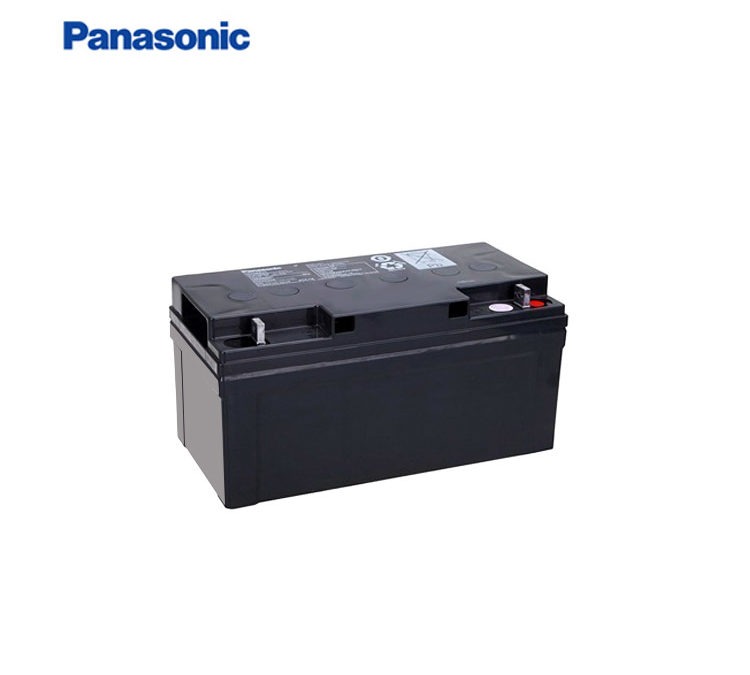Service life of valve regulated sealed lead-acid batteries
There are many factors affecting the service life of valve regulated sealed lead-acid batteries, both in terms of design and manufacture of valve regulated sealed lead-acid batteries, and in terms of user use and maintenance conditions. In terms of the former, the corrosion resistance of the positive plate grid and the water loss rate of the valve regulated sealed lead-acid battery are the two most important factors. Due to the increased thickness of the positive plate grid, using Pb-Ca-Sn-A1 quadruple corrosion-resistant alloy, the service life of the valve-controlled sealed lead-acid battery can reach 10-15 years according to the corrosion rate of the plate grid. However, from the results of the use of the VRLA battery, the rate of water loss becomes the most critical factor affecting the service life of the VRLA battery.
Due to the depleted design of the AGM-valve regulated sealed lead-acid battery, the capacity of the valve regulated sealed lead-acid battery is extremely sensitive to the amount of electrolyte. A 10% loss of water in a valve regulated sealed lead-acid battery will reduce capacity by 20%; a 25% loss of water will end the life of the AGM-valve regulated sealed lead-acid battery. However, the GFL-valve regulated sealed lead-acid battery has a liquid-rich design with a lower electrolyte density than the AGM-valve regulated sealed lead-acid battery, which reduces the corrosion rate of the grid alloy; the electrolyte volume is also 15% to 20% more than the AGM-valve regulated sealed lead-acid battery, making it less sensitive to water loss. All these measures contribute to the extension of the service life of the GFL-valve regulated sealed lead-acid battery. According to the information provided by German Sunshine, the water contained in the colloidal electrolyte is sufficient to run the GFL-valve regulated sealed lead-acid battery for 12-14 years. 4%-5% of the water is lost in the first year of operation of the GFL-valve regulated sealed lead-acid battery, and then decreases year by year.
Valve regulated sealed lead-acid battery compound efficiency
Compound efficiency refers to the ratio of the oxygen produced by the positive electrode being absorbed by the negative electrode when charging. The charging current, the temperature of the valve regulated sealed lead-acid battery, the characteristics of the negative electrode and the speed of oxygen reaching the negative electrode all affect the gas compounding efficiency of the valve regulated sealed lead-acid battery.
According to the GFL-valve regulated sealed lead-acid battery product manual provided by German Sunshine, the oxygen compounding efficiency of the GFL-valve regulated sealed lead-acid battery is low at the beginning of use, but after a few months of operation, the compounding efficiency can reach more than 95%. This phenomenon can also be verified by the rate of water loss of the GFL-valve regulated sealed lead-acid battery, which is higher in the first year of operation, reaching 4% to 5%, and then gradually decreasing. In the early stages of formation, the colloidal electrolyte has no or very few internal cracks, which do not provide sufficient channels for the oxygen precipitated from the positive electrode. With the gradual contraction of the colloid, more and more channels will be formed, then the compound efficiency of oxygen must gradually increase, and water loss must also be reduced.
AGM-valve regulated sealed lead-acid batteries have unsaturated voids in the diaphragm, which provide a large number of oxygen channels and therefore have a high oxygen compounding efficiency, which can reach over 98% for new AGM-valve regulated sealed lead-acid batteries.
